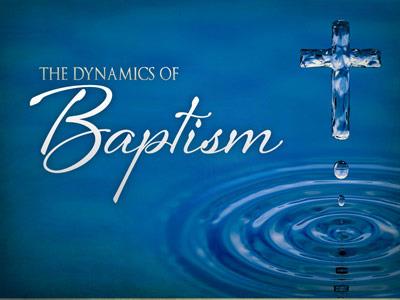-
The Root Of The Problem Series
Contributed by Mike Gilbert on Aug 2, 2007 (message contributor)
Summary: Why Jesus spoke in parables, and a look at the Parable of the Sower
THE ROOT OF THE PROBLEM
Series: Pursuing Meaning
Most of us remember Aesop’s Fables...
--The wolf in sheep’s clothing teaches us that appearances can be deceiving.
-The town mouse and country mouse teach us that it’s better to eat beans and bacon in safety than cakes and ale in fear.
-The goose that laid the golden egg teaches us that greed often overreaches itself.
Well, fables are just that, they’re made up stories, complete with talking animals engaged in human activity. And each parable ends with a moral truth to remember.
Jesus did not engage in fables, but He did teach using parables...earthly stories with a heavenly meaning.
Today, in "The Root of the Problem," we’ll be looking at the parable of th sower, sometimes called the parable of the soils.
I invite you to open a Bible again to Matthew 13.
--The gospels record some sixty different parables of Jesus, most of which are found in Matthew and Luke, with some also in the book of Mark.
--It has been estimated that at least one-third of Jesus’ recorded teaching is found in parables.
--The word "parable" means "to place one thing beside another with a view to comparison," but parables are best understood to simply be illustrations that help us grasp a deeper spiritual meaning.
THE CONTEXT...
To understand why Jesus taught in parables we must understand the context of what He was facing:
--Mt.13:9 -- "He who has ears, let him hear."
-->The Pharisees and other traditionalists’ idea of the kingdom of God was not about truth and a change on the inside of persons. Instead, their idea of God’s kingdom was about power and making a change of what’s on the outside...overthrowing the Romans, establishing the Messiah’s earthly political rule in Jerusalem.
-->They were so opposed to Jesus Himself that they weren’t willing to even listen to what He was actually saying and teaching.
*ILL> I’m reminded of the man who was walking down a busy New York city sidewalk with a companion. Buses and trucks were roaring by, taxis were hoking, and a jack hammer could be heard off in the distance. But suddenly the man stopped and asked his friend, "Do your hear that cricket?" His friend stared at him in astonishment, then replied, "How could you hear a cricket in all this noise?" The man answered, "Because I listened for it. Let me demonstrate..." With that, he dropped a handful of coins on the sidewalk. Immediately every head within a block swiveled around. "You see," he said, "it depends on what you’re listening for."
-->Jesus repeatedly encouraged the Pharisees and us to listen to what He was saying, using the phrase, "Let him who has ears, hear..."
-->Soon, however, the Pharisees’ opposition to Jesus grew beyond not merely listening, turning to openly and actively hindering others from giving Jesus their attention.
THE INTENT...
Jesus taught using parables for two primary reasons:
1) To reveal truth to those who truly listened and wanted to understand truth.
----Mt.13:16 -- "...blessed are your eyes, because they see; and your ears, because they hear."
----This group includes those who are already believers. They would "get it," they’d understand His "kingdom talk."
2) To conceal truth to those who are unwilling to truly seek truth, having dull or hardened hearts.
----Mt.13:13 -- "Therefore I speak to them in parables; because while seeing they do not see, and while hearing they do not hear, nor do they understand."
----These are those on the "outside," those who couldn’t understand because they were resisting the Holy Spirit, they were "closed off," "blinded" to truth.
----But it can also be applied to believers who do not listen nor heed the truths presented to them by the messengers God sends to them.
----It doesn’t have to remain that way. It could, in fact, serve as an enticement to know more, investigate Jesus more.
THE CONTENT...
---The symbolism and meaning of this particular parable...
--a) The Setting.
-----Mt.13:3 -- "And He spoke many things to them in parables, saying, ’Behold, the sower went out to sow...’"
-----The crowd was so large Jesus ended up getting into a boat and spoke to the crowd on the shore while He himself was in the boat.
-----It’s quite possible that Jesus based this story on what people could see right then. Standing in the boat, perhaps He saw in the distance a farmer sowing seed.
-----This parable was based on agricultural stuff His hearers new very well:
-------Farmers’ fields in ancient Palestine were long, narrow, often serpentine-type strips that had little footpaths for the farmer to walk on through his field. These strips would became hard as cement with the frequent weight and wear of traffic, the hooves of oxen and the wheels of implements used in farming.

 Sermon Central
Sermon Central



